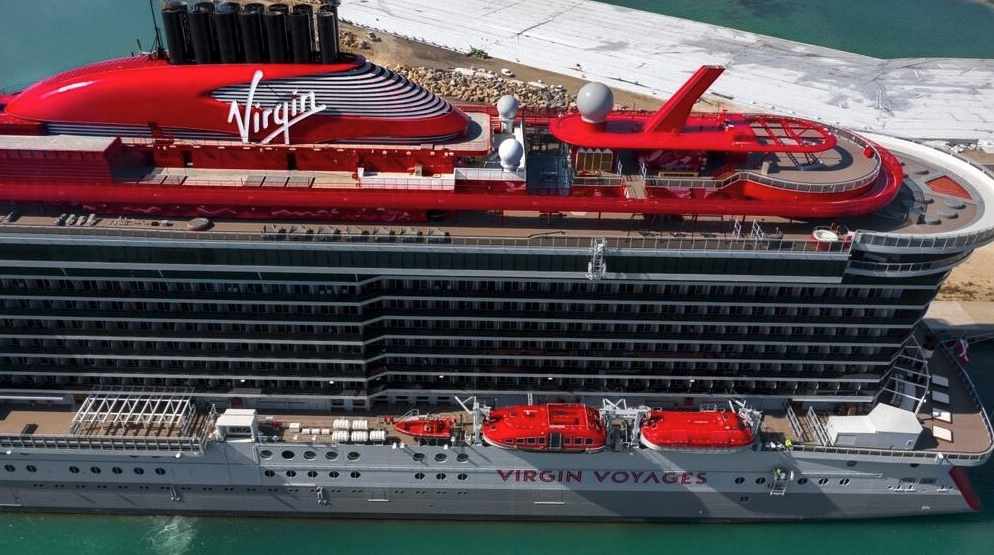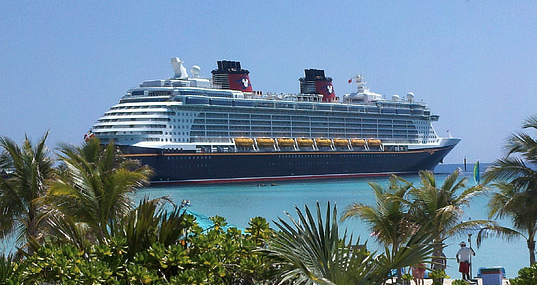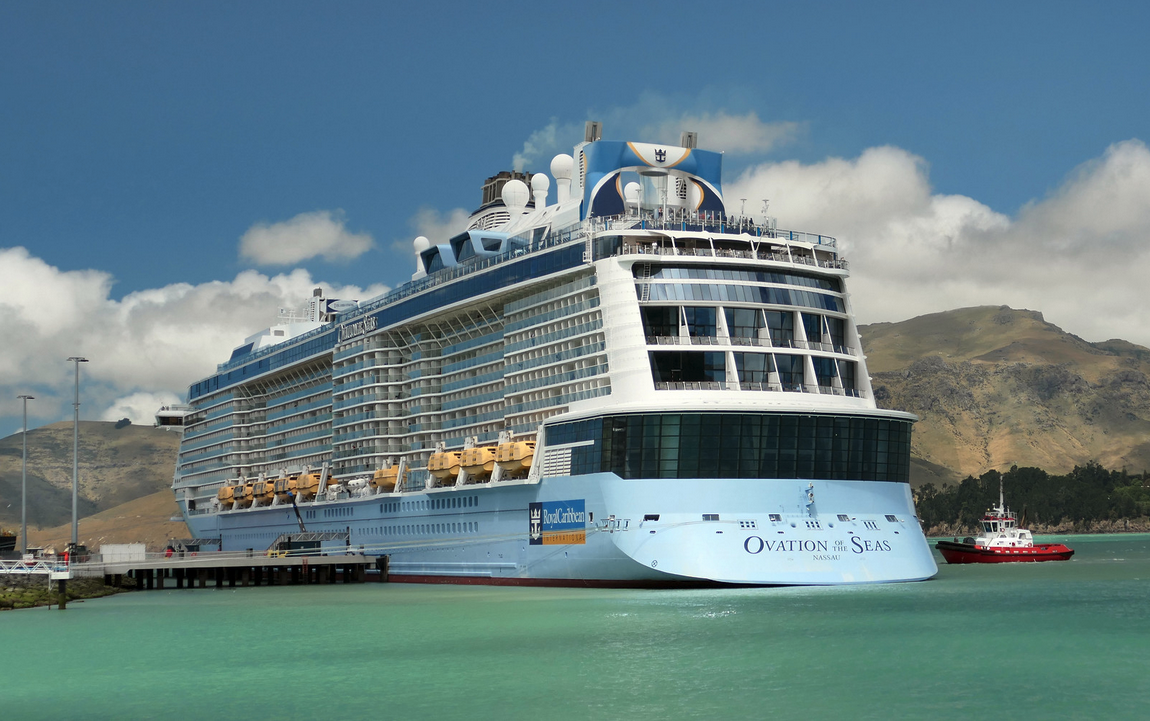According to Cruise Lines International Association (CLIA), cruising has grown by 17.5% in North America between 2019 and 2023. That’s an increase of nearly 3 million more cruisers, just from the U.S., Canada and Mexico alone.
People who’ve never cruised are learning the joys of this form of travel. And with that, they’re learning some of the secrets of cruising, as well.
Yep. Just as people who fly eventually learn why the TSA may swab your hands and what you’re carrying and how airlines and airports manipulate you, and even the plane feature that most passengers never notice, the same can be said about what they learn about cruising, as time goes on. Stuff like:
- What the Captain’s quarters look like
- How much medical care costs on a cruise
- The rules you have to follow on a nudist cruise
- Oddball tips & tricks that cruise lines never tell you
Which brings us to a question lots of people have:
What’s up with those big white balls you see on cruise ships?
You may or may not have ever noticed them. But once they’re seen, they can’t be unseen. Nearly every cruise ship has one…or even more than one.
Virgin Voyages.

Disney Cruise Line.

Royal Caribbean International.

Even the Queen Mary 2.

What are they?
The balls are called radomes. Or if you’re referring to one ball, it’s a radome. And yes, those of you who know medical terminology can insert your “polyorchism” and/or “monorchism” comments right here. —>
Anyway, a radome is a combination (or, if you will, a portmanteau) of the words “radar” and “dome.”
What do radomes do?
Radomes enclose the ship’s external radar equipment and satellite dishes, both of which are, of course, extremely delicate. Without radomes covering them, the equipment has the potential to be subject to rain, snow, sleet, hail, wind, sunlight, birds (particularly guano), and corrosive sea spray. This way, they’re more protected and hopefully able to last longer (cuz it’s cheaper to replace a radome than radar equipment or a big honkin’ satellite dish).
Because of that radar equipment, ships can detect navigational hazards, land masses and other ships. Of course, satellite technology also allows ships to offer guests internet and phone service, among other things.
What are they made of?
Radomes are typically made of fiberglass, or a fabric treated with polytetrafluoroethylene (also known as PTFE, that’s a synthetic fluoropolymer with many applications due to its chemical inertness and low friction) (thanks, Wikipedia!). Either way, they’re made of materials that only minimally reduce the electromagnetic signals transmitted or received by the antenna.
Are radomes always white?
Looking at the photos above, you’ll see that the radomes in each image are white. That’s for a few reasons.
White reflects sunlight, which helps to keep the radar equipment cooler. It also tends to be a major color on cruise ships, so the ships’ being white helps them blend in more, so guests don’t notice them as much.
So yeah, white is the norm, although you’ll occasionally find one that’s not white. Navy ships, for example (and not surprisingly), will usually have gray radomes.

Are they always round?
Although most radomes tend to be spherical, you’ll sometimes find an incomplete sphere, such as half a sphere instead of a full one (like on that navy ship above). However, they almost always have curved tops.
Are radomes like a nose cone on a plane?
Ding ding ding! Winner winner chicken dinner! Yes they are. They’re even called radomes on planes, too.
The shape is kind of different, but the reasoning behind them is about the same: protection of sensitive equipment. The one big difference is color; radomes on planes aren’t “usually” white. In fact, they used to be black. Here’s why that’s not the case anymore.
And now you know everything you’ll ever need to know about radomes (and probably a little bit more, too!).
Want to comment on this post? Great! Read this first to help ensure it gets approved.
Want to sponsor a post, write something for Your Mileage May Vary, or put ads on our site? Click here for more info.
Like this post? Please share it! We have plenty more just like it and would love it if you decided to hang around and sign up to get emailed notifications of when we post.
Whether you’ve read our articles before or this is the first time you’re stopping by, we’re really glad you’re here and hope you come back to visit again!
This post first appeared on Your Mileage May Vary

3 comments
PTFE aka Teflon!!!
Looking at the headline, I was thinking “Of course to go with the huge white… (insert prurient male anatomical part)”.
Which is exactly why I didn’t use my originally intended title…it wasn’t nearly as fun 😉